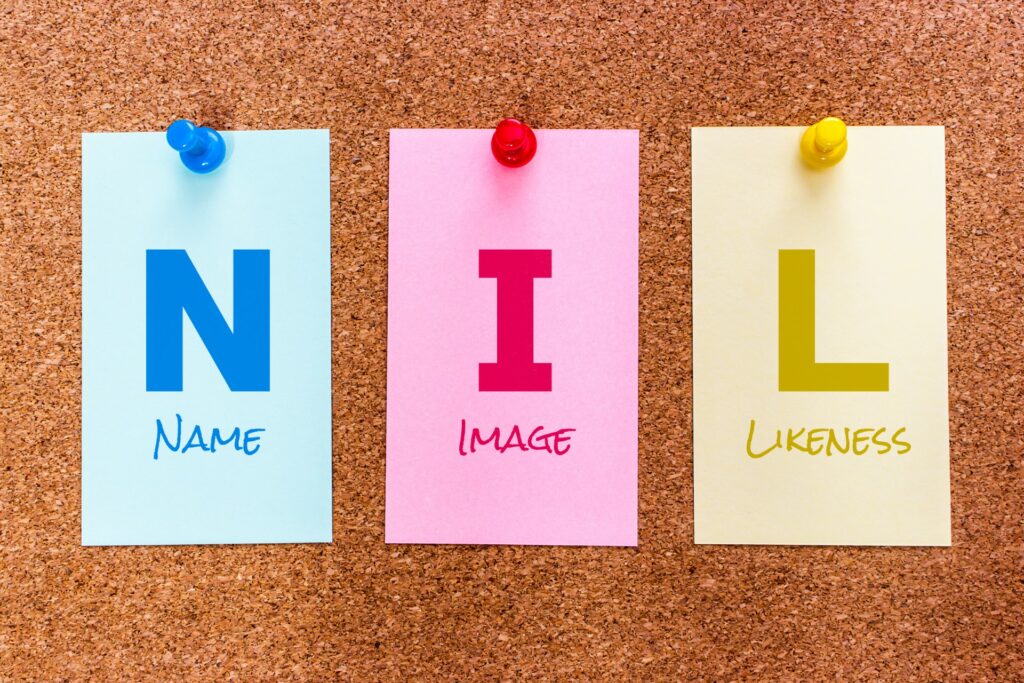George Carlin’s victory in a recent lawsuit that opposed him from performing in a one-hour comedy years after his death by protecting his Name, Image, and Likeness (NIL).
In a world where your digital footprint can arguably last longer than the pyramids of Giza, the recent settlement between the Estate of George Carlin and the creators of an AI-generated comedy special throws into sharp relief the complexities surrounding the use of one’s image and Slikeness after death. See “George Carlin’s Estate Settles Lawsuit Or AI Comedy Special” by Samantha Curry, Washington Post, April 3, 2024.
The settlement, which saw the removal of AI-generated content from all platforms, is a landmark assertion of control over a person’s digital legacy. It echos broader discussions around image rights in the digital age, notably contrasted by the emergence of Name, Image, and Likeness (NIL) rights for college athletes, as epitomized by Caitlin Clark’s multi-Millon Dollar NIL deals (Engadget) (Sporting News).
Ironically, while living individuals like Clark can now navigate the monetization of their personal brand with relative autonomy, the posthumous rights landscape appears to be the Wild West of intellectual property law. Carlin’s case underscores the necessity for individuals, irrespective of their fame, to consider how their digital selves might be used—or misused—after their demise. The heart of the matter lies not just in protecting one’s image but in preserving the integrity of one’s life’s work and essence.
This brings us to an intriguing junction: If college athletes can meticulously plan their NIL rights amidst their careers, perhaps it’s high time the average Joe and Jane considered estate planning for their digital selves. Imagine a future where you draft guidelines for your posthumous digital avatar alongside your will. Would you consent to your likeness promoting products, starring in films, or even giving TED talks long after you’ve left the earthly stage? Or would you, like the protectors of Carlin’s legacy, prefer to keep your digital doppelgänger under wraps, ensuring that any posthumous performances are strictly off-limits?
The Carlin case, juxtaposed with Clark’s NIL success, highlights the evolving valuation of image and likeness in our society and serves as a wake-up call to the nuanced considerations of our digital afterlife. Perhaps, in the not-too-distant future, estate planning attorneys will double as digital legacy managers, advising on preserving digital footprints and negotiating posthumous image rights deals. And as we navigate this brave new world, one can only hope that our digital selves will honor the essence of who we were, in life as in death, without ending up as the main character in an AI-generated comedy special—unless, of course, that’s part of your last wishes.
This is a new and evolving concern in Estate Planning. It turns out that your digital reach includes you.


